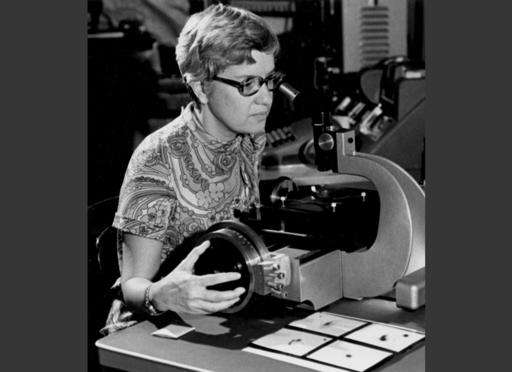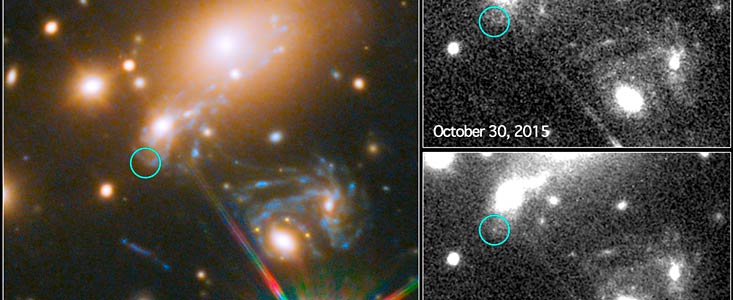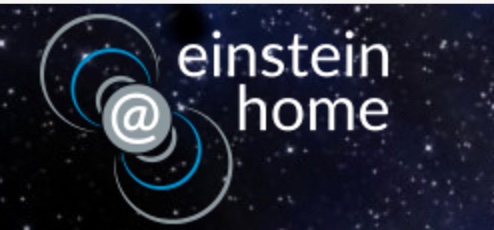Category Archives: Astrophysics
Applying Machine Learning to the Universe’s Mysteries
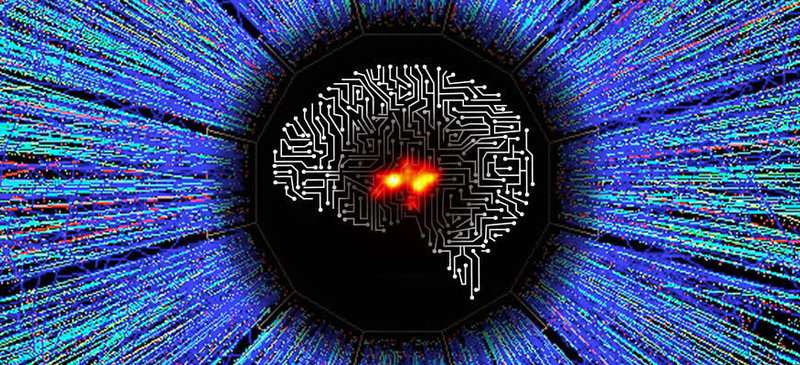 Computers can beat chess champions, simulate star explosions, and forecast global climate. We are even teaching them to be infallible problem-solvers and fast learners.
Computers can beat chess champions, simulate star explosions, and forecast global climate. We are even teaching them to be infallible problem-solvers and fast learners.
Source: Applying machine learning to the universe’s mysteries
Dawn of Private Space Science Symposium 2017 | #DPSS17
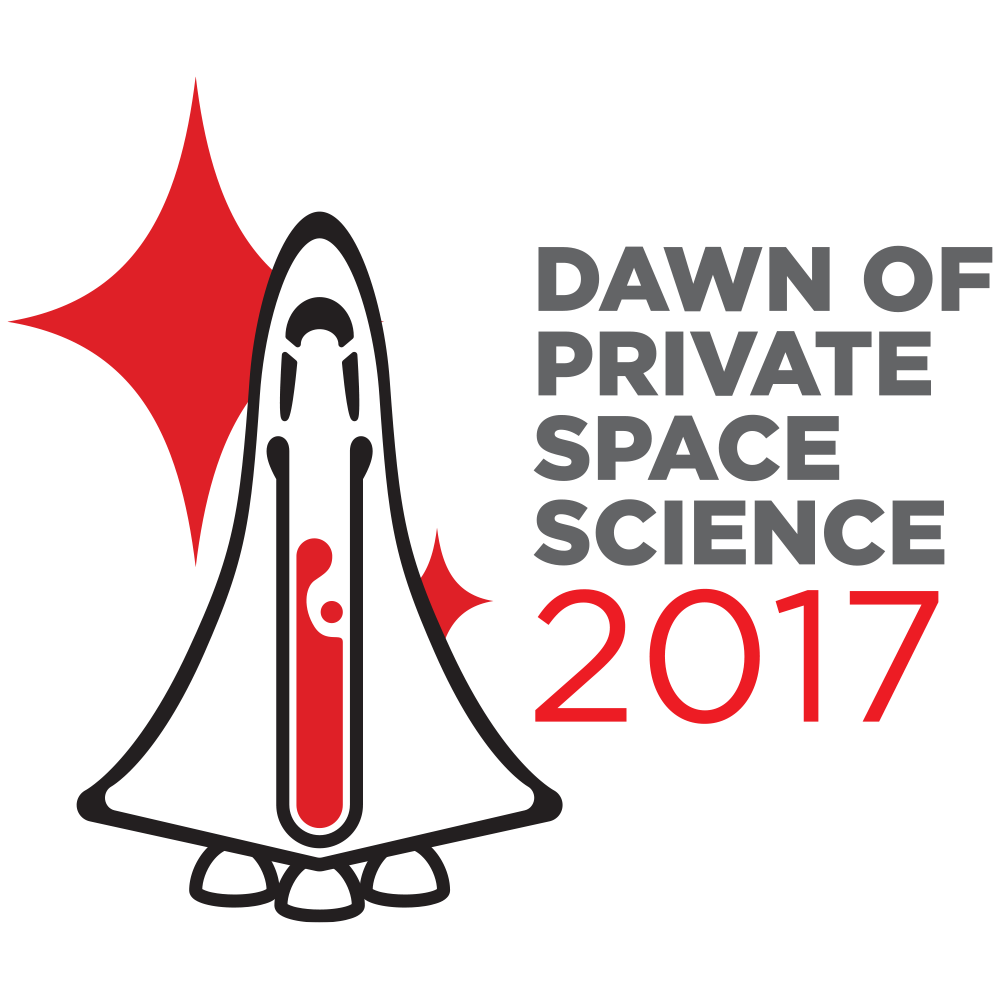 Bringing scientists, foundations, corporations, policy makers & private spacelines under one roof to chart the future of space science @ Columbia University
Bringing scientists, foundations, corporations, policy makers & private spacelines under one roof to chart the future of space science @ Columbia University
Source: Dawn of Private Space Science Symposium 2017 | #DPSS17
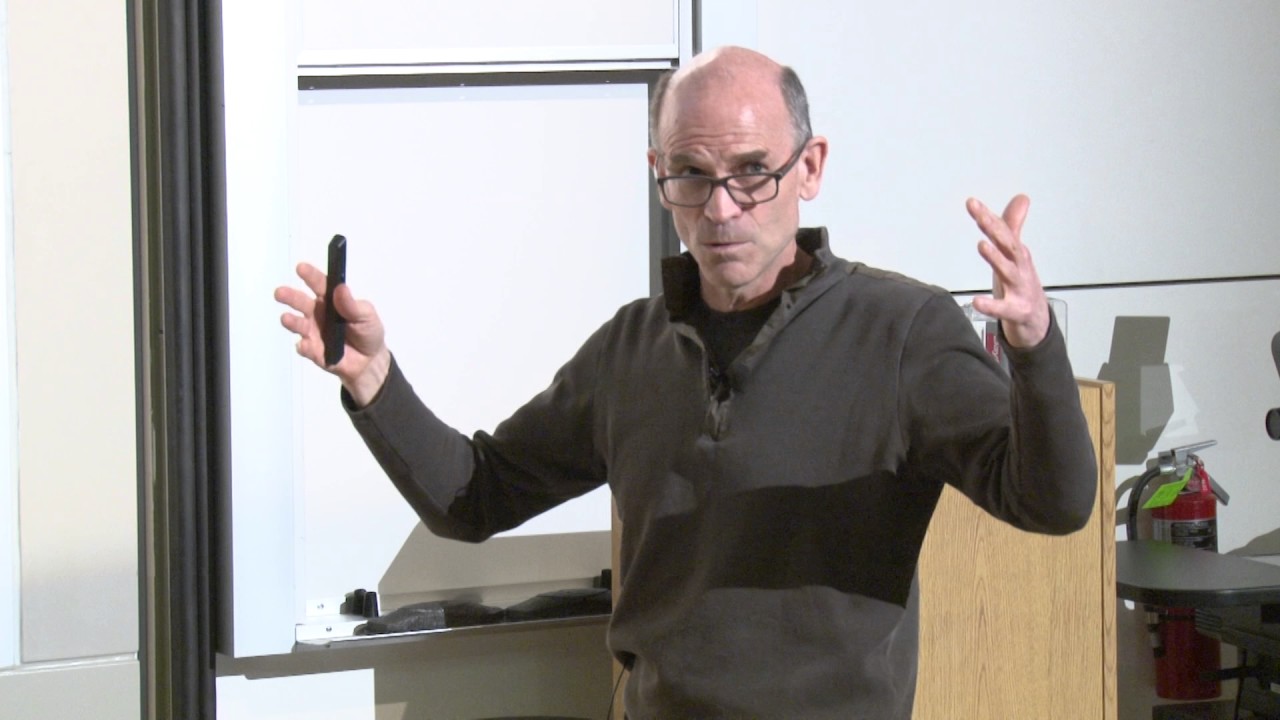
Lecture: John Carlstrom – What Do We Know About The Big Bang?
John Carlstrom gives the plenary lecture at the New Horizons in Inflationary Cosmology Templeton Conference organized by the Stanford Institute for Theoretical Physics.
Our understanding of the origin, evolution and make-up of the Universe has undergone dramatic and surprising advances over the last decades. Much of the progress has been driven by measurements of the fossil light from the big bang, called the cosmic microwave background radiation, which provides us with a glimpse of the Universe as it was 14 billion years ago. This talk will discuss what we know about the Big Bang and how we learned it. We will also talk about the new questions we are asking about the origin of the Universe and the experiments being pursued to answer them, peering back to the beginning of time.
Click here for the: Stanford Institute for Theoretical Physics
Vera Rubin, who did pioneering work on dark matter, dies
Vera Rubin, a pioneering astronomer who helped find powerful evidence of dark matter, has died, her son said Monday.
Source: Vera Rubin, who did pioneering work on dark matter, dies
NASASunEarth on Twitter: “Coming up on Tuesday, Oct. 25: the 10th anniversary of the launch of STEREO, a key piece of our sun-watching fleet. https://t.co/xMTwA3Bdh6 https://t.co/bLP0fjhLGQ”
Coming up on Tuesday, Oct. 25: the 10th anniversary of the launch of STEREO, a key piece of our sun-watching fleet. https://t.co/xMTwA3Bdh6 pic.twitter.com/bLP0fjhLGQ
— NASA Sun & Space (@NASASun) October 21, 2016
Simons Observatory To Search For Origin Of The Cosmos | Simons Foundation
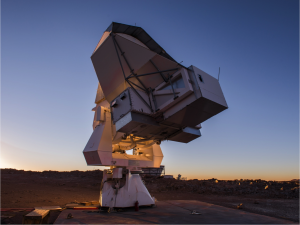
A new facility to be built in Chile aims to uncover what happened in the instant after the Big Bang and answer other cosmological questions.
Source: Simons Observatory To Search For Origin Of The Cosmos | Simons Foundation
Possible signature of dark matter annihilation detected
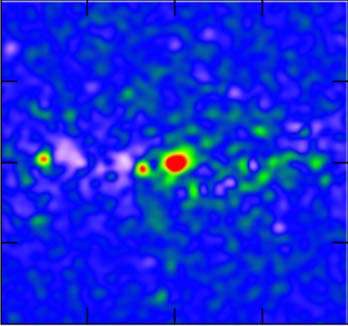
A false-color image of the anomalous gamma-ray emission from the central region of the Milky Way galaxy; this emission is suspected of coming from dark matter annihilation. In this image, the emission from conventional sources has been subtracted from the total. The region covers roughly five degrees; the brightest emission is colored red and faintest blue. Credit: Daylan et al.
CfA astronomer Doug Finkbeiner and a team of colleagues claim to have identified just such a signature of dark matter annihilation.
Read more at: http://phys.org/news/2016-03-signature-dark-annihilation.html#jCp
Caught in the act | ESA/Hubble
The NASA/ESA Hubble Space Telescope has captured the image of the first-ever predicted supernova explosion. The reappearance of the Refsdal supernova was calculated from different models of the galaxy cluster whose immense gravity is warping the supernova’s light.
Caught in the act | ESA/Hubble
Fermi Telescope Caps First Year With Glimpse of Space-Time (w/ Video)
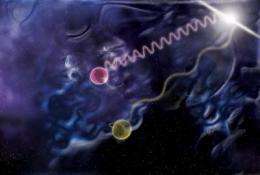
This view of the gamma-ray sky constructed from one year of Fermi LAT observations is the best view of the extreme universe to date. The map shows the rate at which the LAT detects gamma rays with energies above 300 million electron volts — about 120 million times the energy of visible light — from different sky directions. Brighter colors equal higher rates. Credit: NASA/DOE/Fermi LAT Collaboration.
Fermi Telescope Caps First Year With Glimpse of Space-Time (w/ Video)
